Officials have publicly warned California drivers to avoid gas stations for the next few days in various cities in the Golden State, thanks to the state’s overall air quality.
According to these new alerts, drivers in specific counties of the state should steer clear of filling up their cars with gasoline, if at all possible.
Air Quality Alerts
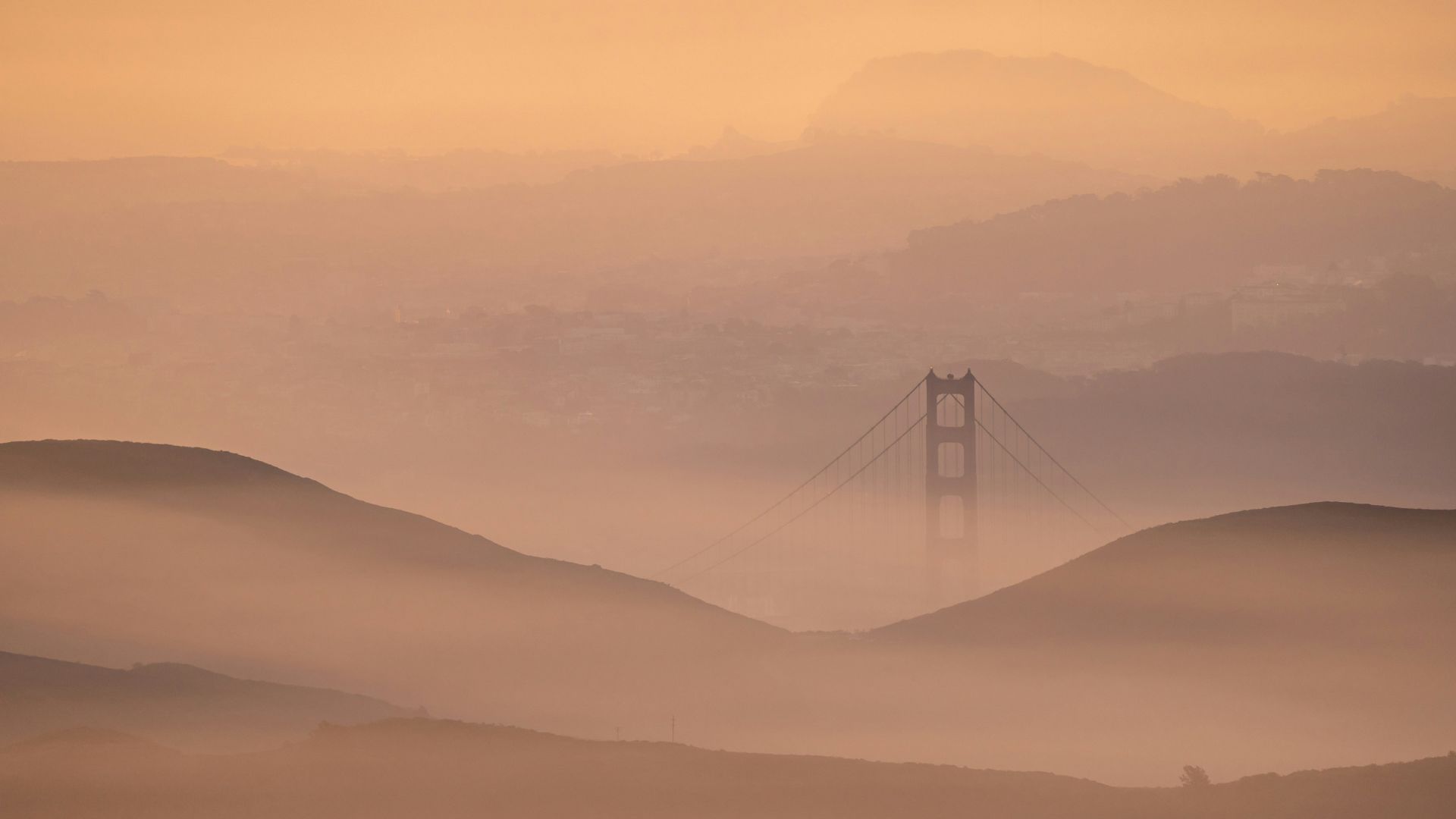
The South Coast Air Quality Management District (AQMD) revealed these new alerts on Sunday. These warnings will be in place in California until Wednesday morning.
Officials of the AQMD have revealed pollution has caused poor air quality in these areas. To try to limit this pollution as much as possible, they are asking California drivers to limit some interactions they normally have.
Avoiding Gas Stations
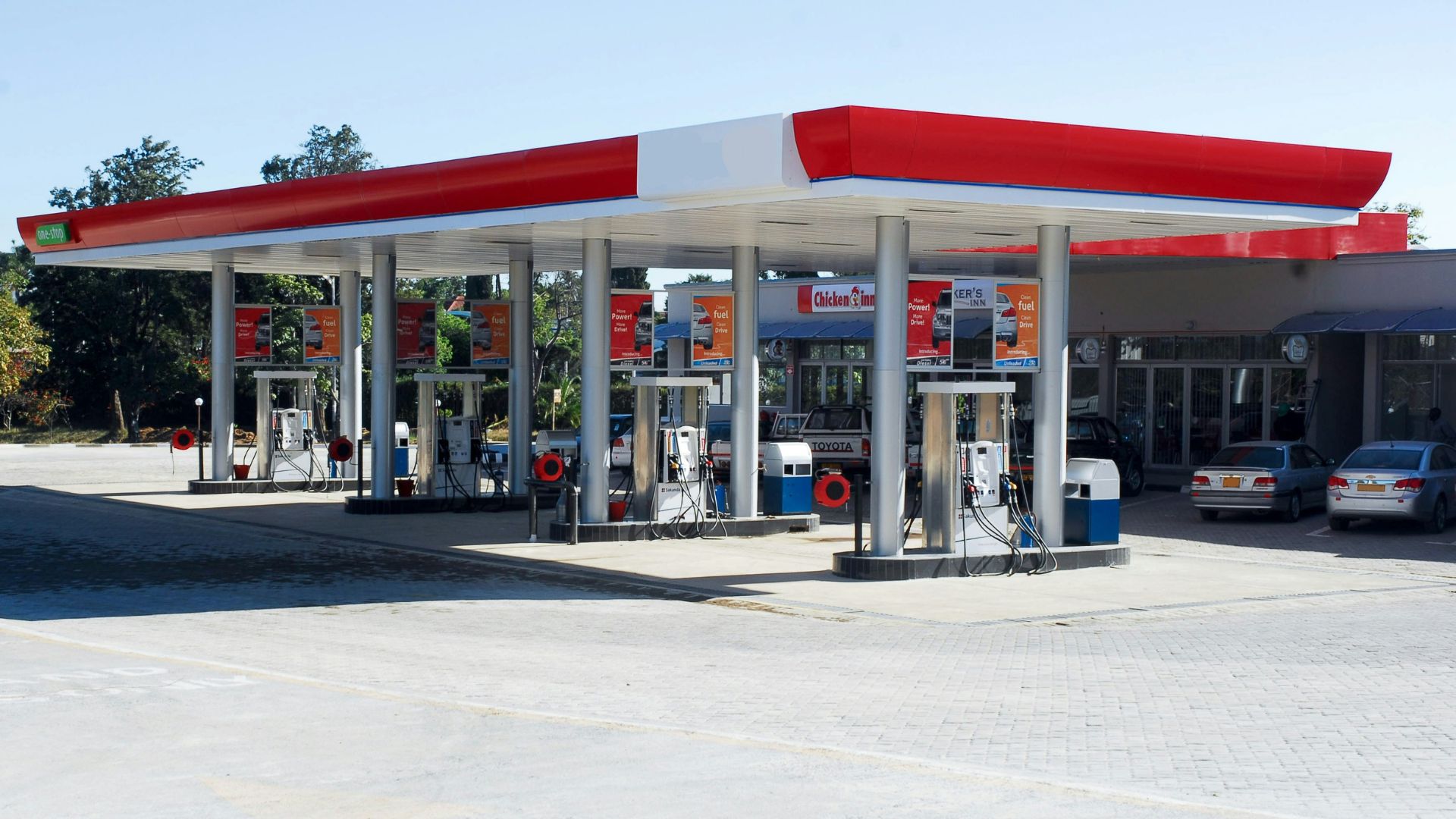
Officials have stressed to these Californians that they should avoid gas stations as much as possible. At the very least, they should delay filling up their car until the evening, when pollution levels are lower.
As overall air quality tends to be the worst during the hottest parts of the day, experts are asking drivers to only head to gas stations during the evening.
Limiting Other Actions

Californians are also being asked to limit some of their other regular, daily actions to help combat these bad air qualities seen throughout the state.
During this time, people are asked to only use gasoline-powered garden and lawn equipment in the evening. California residents should also only use household chemicals at night, as well.
Everyday Life Is Impacted By Air Quality

The impact of poor air quality does not only affect how we drive and mow our lawns. Air quality impacts how we can even leave our homes.
The AQMD and National Weather Service (NWS) has identified where Californians are advised to wear masks outdoors due to fine particle pollution. During wildfire season, the most affected areas are San Bernardino and Riverside (both the cities and counties, as well as Ontario and Corona.
Bad Air Quality Can Harm Health

Experts have long warned that poor air quality can make many people sick.
This latest warning reads, “Elevated levels of ozone the predominant summertime pollutant are likely to result in poor air quality in the afternoon and early-evening hours. Ozone air pollution can cause respiratory health problems, including trouble breathing, asthma attacks, and lung damage. Children, older adults, and people with asthma or COPD may be more sensitive to the health effects of ozone.”
Long-Term Exposure To Poor Air Quality Can Drastically Affect Your Health

The need to improve air quality in California is also about cutting out long-term exposure to air pollution.
A study recently found childhood exposure to air pollution could be directly linked to bronchitis symptoms in adulthood. “Our results suggest that childhood air pollution exposure has more subtle effects on our respiratory system that still impact us in adulthood,” said Erika Garcia, assistant professor at USC’s Keck School of Medicine.
How To Stay Safe During Spells of Poor Air Quality

The NWS has not only recommended that we time our drives to the gas station or use of household chemicals but has given advice to stay safe during this time of hot weather and poor air quality.
They advise residents to stay hydrated, limit time outdoors during times of peak heat, check in on your vulnerable neighbors such as the elderly, and make sure pets are not left inside vehicles.
High Heat Makes Situations Worse
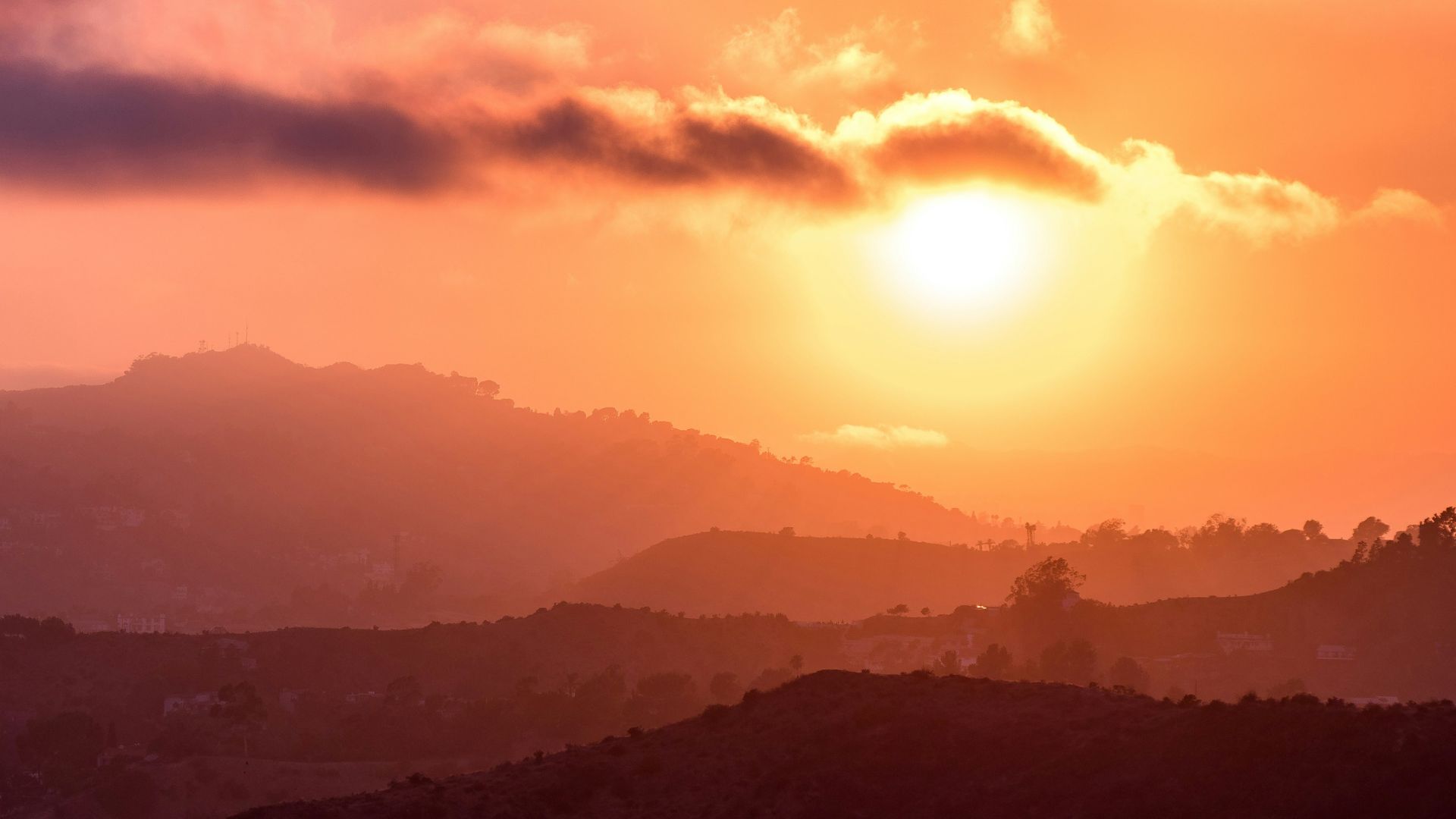
This warning also revealed that hotter temperatures can make pollution much worse.
“Air quality can change depending on the time of day and weather conditions. Increased emissions of chemicals and faster ozone formation rates due to heat, along with low winds and stagnant weather can cause unusually high and persistent levels of ozone pollution,” the alert said.
Why Do Heat Waves Make Air Quality Worse?
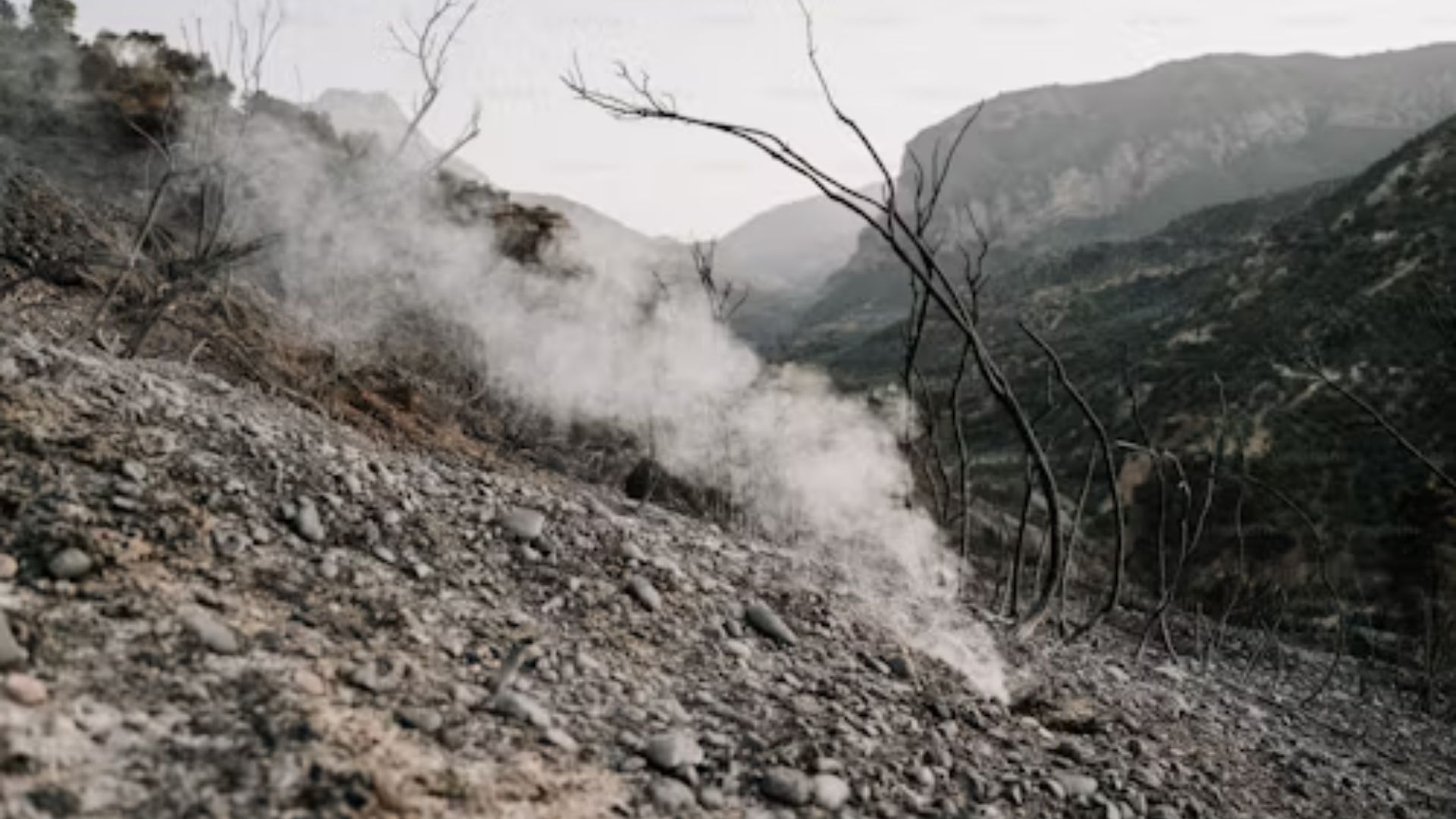
The hot weather spurs on ground-level ozone pollution as the earth absorbs the heat from the sun. The heat and stagnant air increase the amount of ozone pollution and particulate pollution.
Heatwaves can cause drought conditions which leaves the soil very dry and increase the chance of a fire. A wildfire is not only dangerous, but it also releases carbon monoxide and particle pollution into the atmosphere.
California Counties Affected
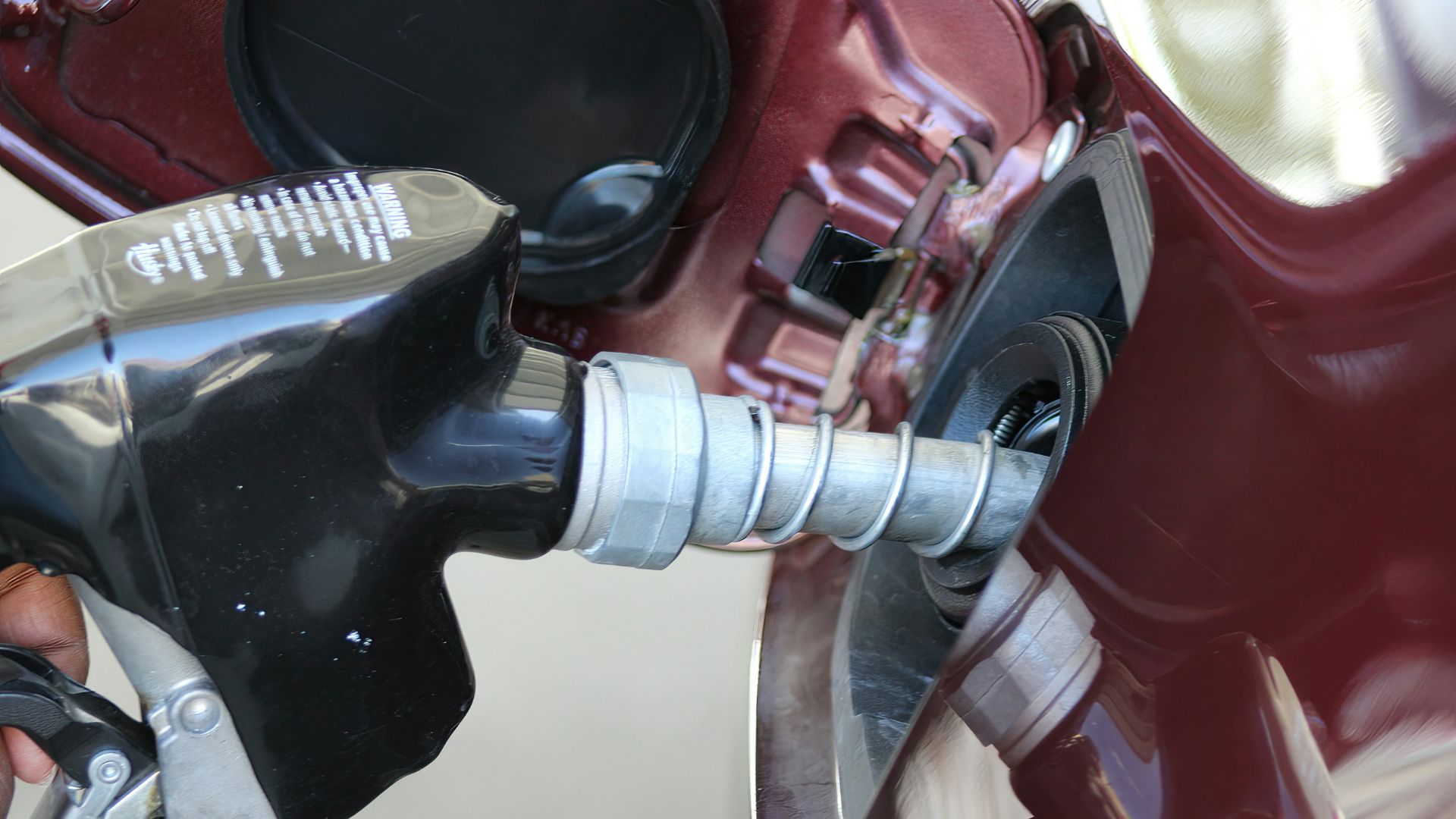
Many California counties are impacted by this latest warning. These counties include San Bernardino and Riverside County Valleys-The Inland Empire, San Bernardino County Mountains, Riverside County Mountains, Santa Ana Mountains and Foothills, Coachella Valley, San Gorgonio Pass near Banning, and Orange County Inland.
Many cities within these counties are affected by this air quality alert and have been asked to avoid gas stations until the evening.
A New Trend
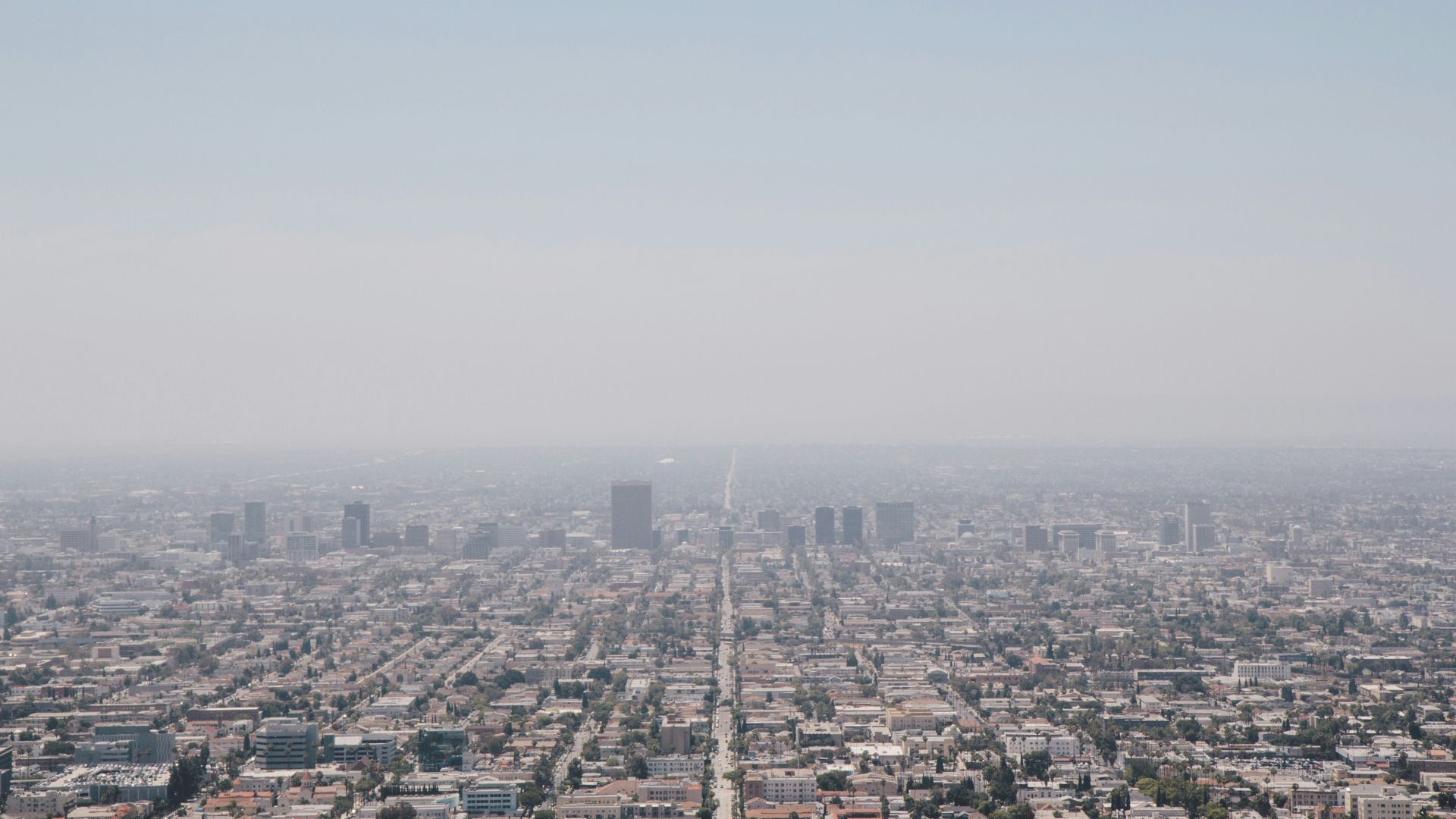
This latest California warning comes as a new warning trend becomes normal for many Americans throughout the country.
Air quality alerts have become more and more frequent this year alone, as experts have tried to warn residents that the air in their regions has become incredibly poor. Officials are attempting to combat this poor air quality by asking Americans to refrain from gas stations from time to time.
Air Quality Alerts and Heat Waves
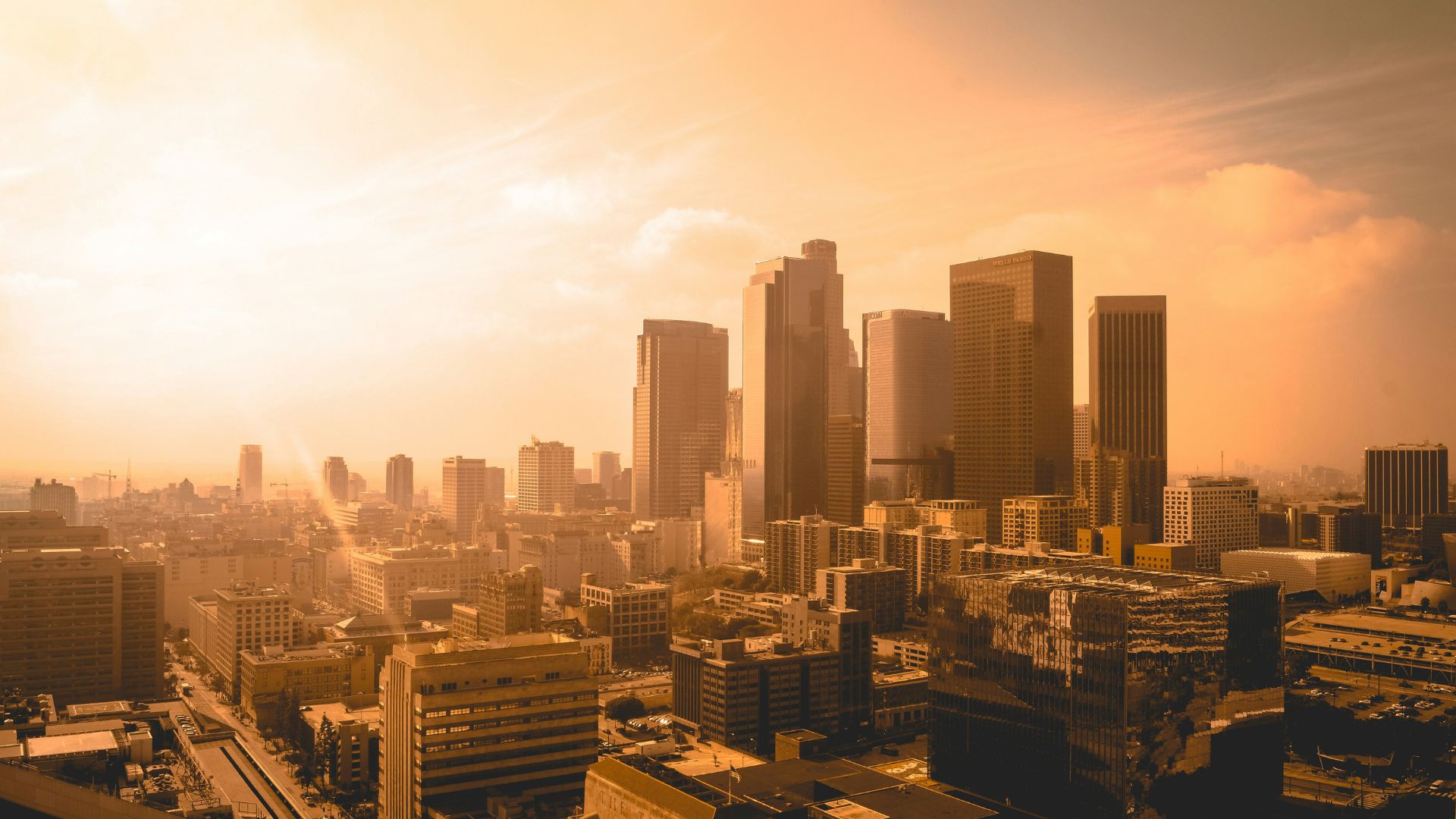
These latest air quality alerts come hand in hand with warnings of ongoing heat waves seen throughout the United States.
Much of the country has been under what meteorologists call a “heat dome” for a few weeks now. Many states are forecasted to continue to be under excessive heat notices for the rest of this week. Officials have noted that the country’s excessively hot summer seems intent on continuing.
California Is One Of The Worst States For Air Quality
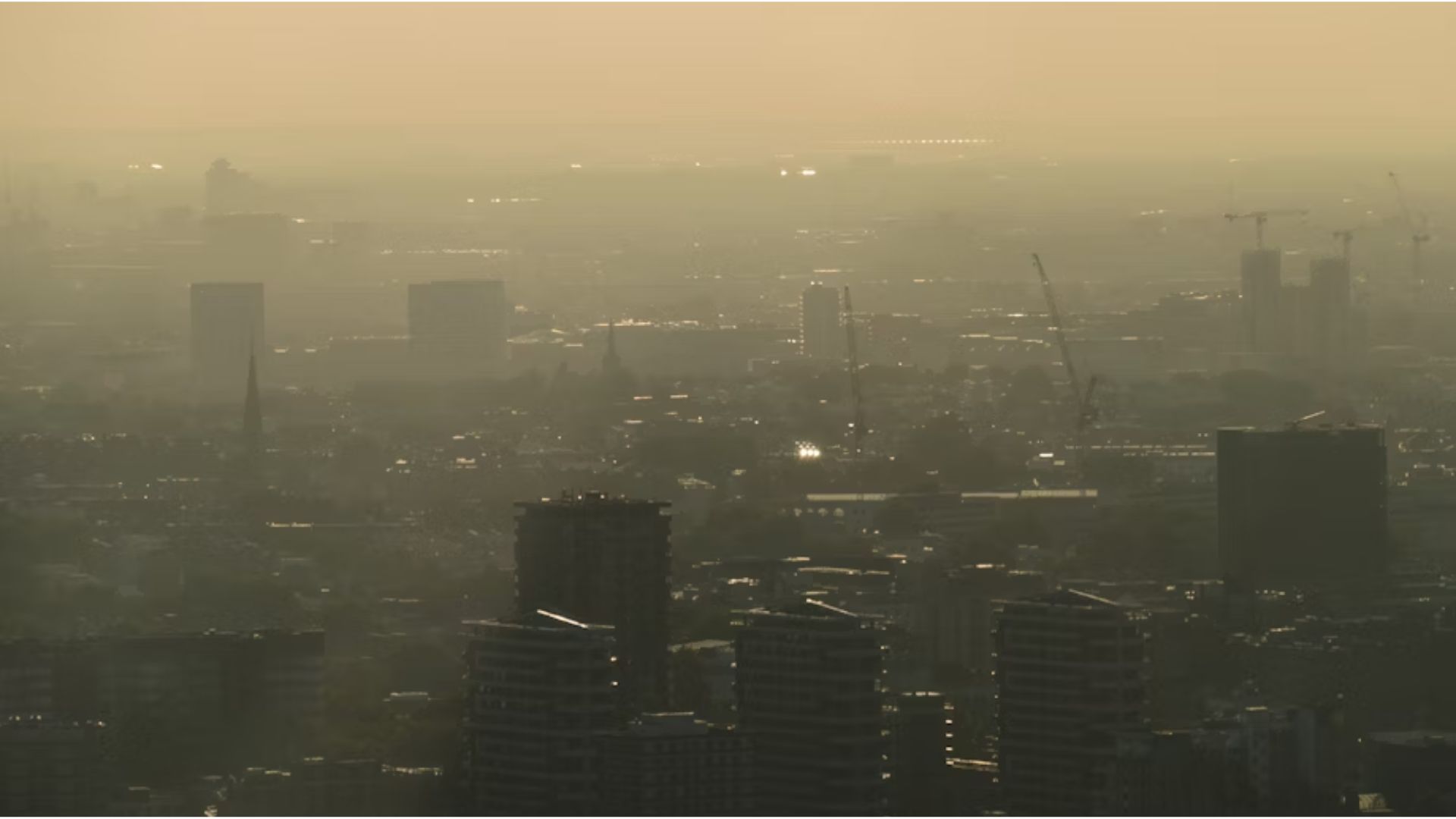
Despite clear historical progress, California’s air quality is among the worst states in the country for air quality.
California’s average air quality index has improved by nearly 40 points since 1985, yet it is still has the second-worst air quality in the whole of the U.S., only behind Arizona. The American Lung Association reports that six of the 10 most air-polluted cities in the country are in California.
California Wildfires
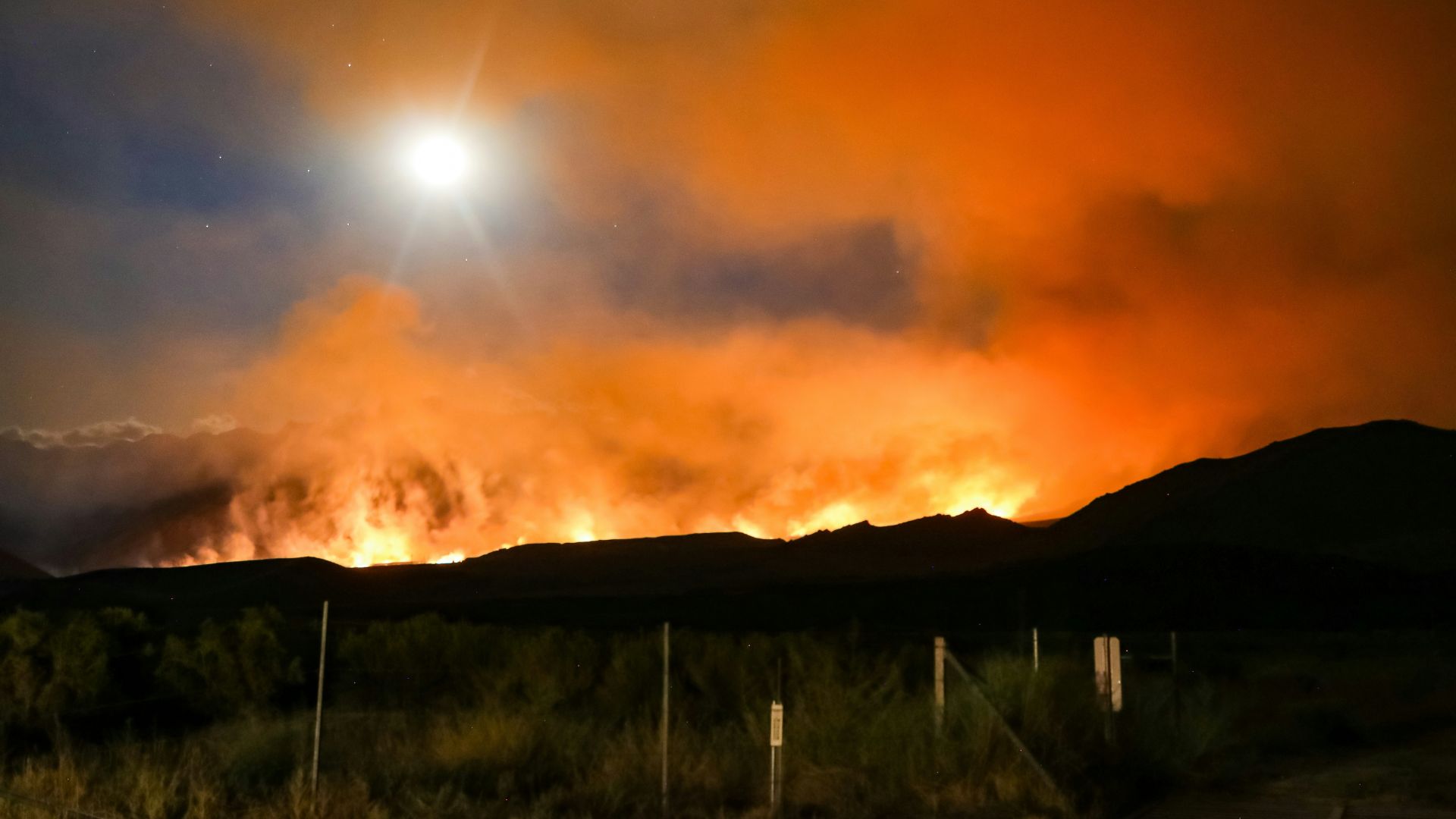
Warnings of California’s overall air quality have arrived during a time when firefighters are attempting to fight a wildfire in the state.
Wildfires have often worsened California’s air quality in the past. Now, this current fire could harm the state’s already poor air.
Wildfire Air Pollution Is A Serious Health Concern
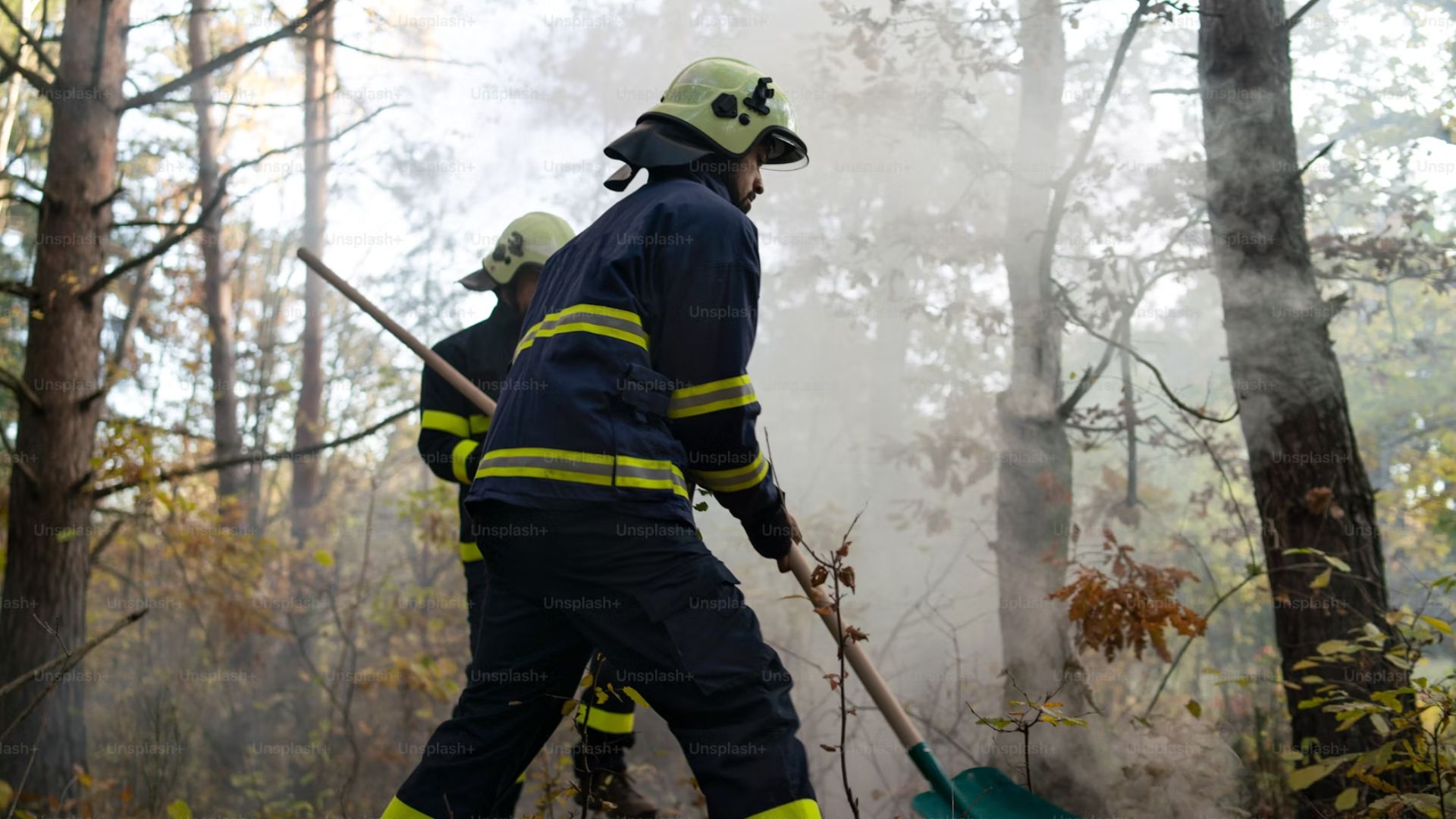
Air quality can be affected by a variety of factors. Wildfires can worsen air quality because they increase the particulate matter in the air.
One Green Planet reported on a study conducted by the University of California that found 52,000 people died between 2008 and 2018 due to the air pollution that are caused by wildfires. These particulates can penetrate the lungs and cause respiratory illnesses and cardiovascular problems.
Record Breaking Temperatures

The United States isn’t alone in dealing with incredibly high temperatures. Many parts of the Northern Hemisphere have also struggled under excessively hot weather.
A new report has even indicated that 1,400 temperature records were broken in just one week thanks to these ongoing heat waves seen throughout the world.
Hot Weather May Make Air Quality Worse
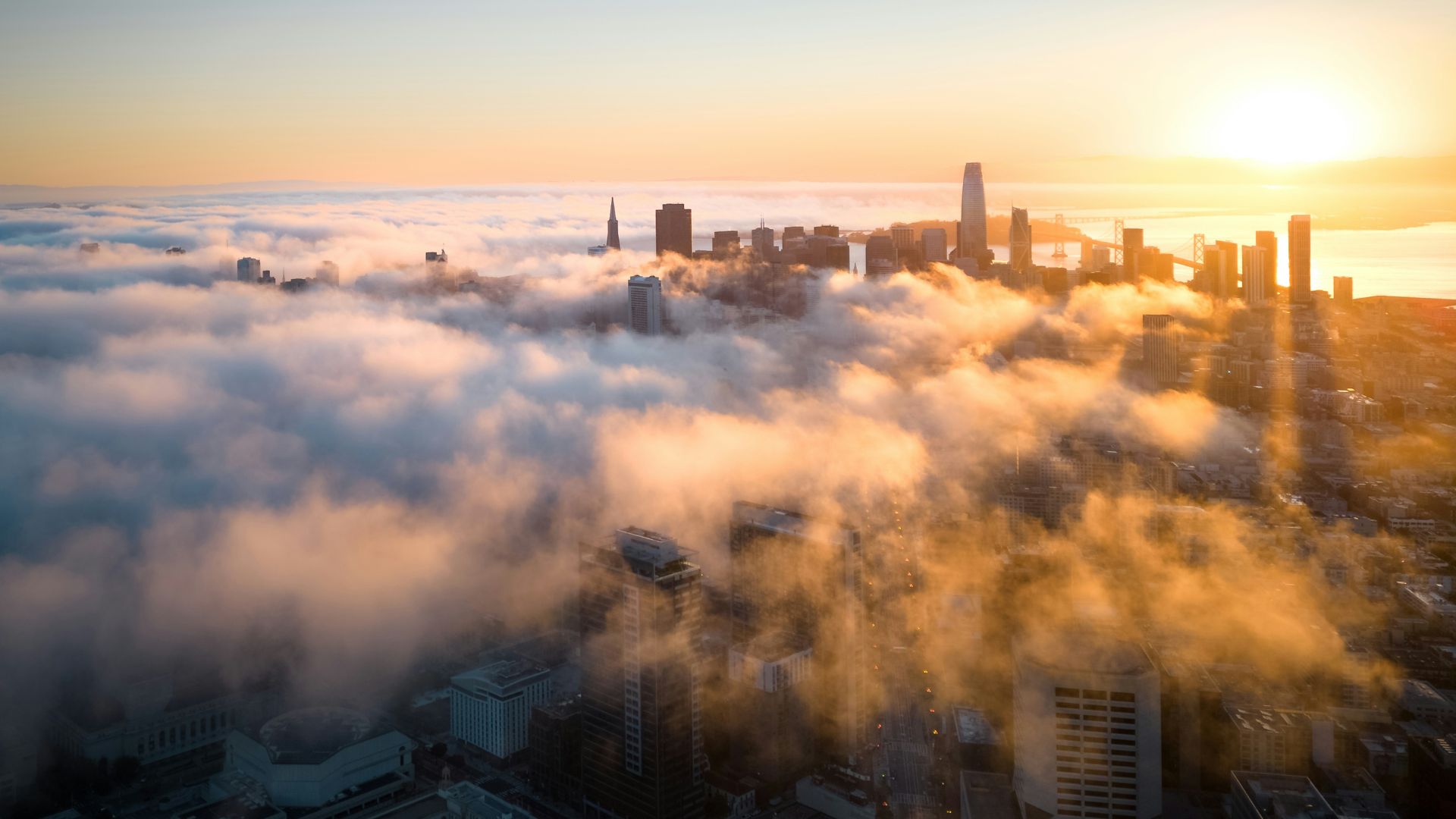
As pollution is the worst during the hottest parts of the day, many experts have worried that these ongoing high temperatures could make many cities like California experience continuous days of poor air quality.
Scientists have pointed to human-caused climate change as the reason why both higher temperatures and pollution are seen this summer.
More Than A Third of The Population Exposed To Air Pollution

The American Lung Association’s State of the Air report found that nearly four in 10 people in the country are exposed to unhealthy levels of air pollution.
In a state overrun with wildfires, drought, and extreme heat, four out of the five most polluted cities in the country are in California. This amounts to more than 131 million people who are exposed to harmful ozone and particle pollution.
Solutions May Be Further Off Than We Thought
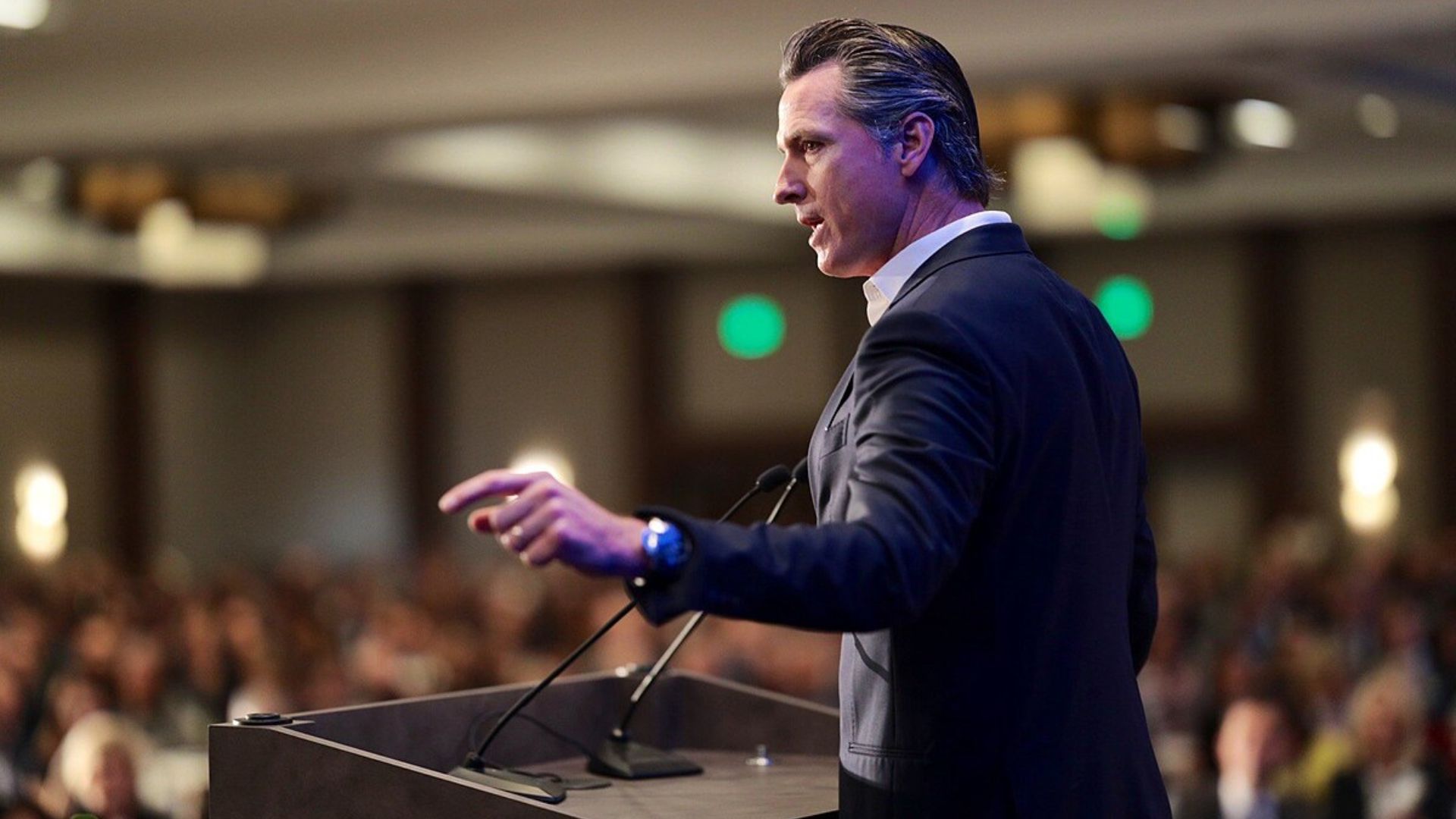
Solutions to the poor air quality induced by climate change are urgent but due to a $46 billion deficit, California’s Gavin Newsom has signed a budget that will reduce funding for climate change-related projects.
David Weiskopf, senior policy advisor for NextGen California, said: The climate crisis doesn’t take a break for tough budget years. Anything we put off for later will only cost us more […] as the climate crisis worsens.”
Legislators Are Pushing For More Climate Spending In The Newsom Budget
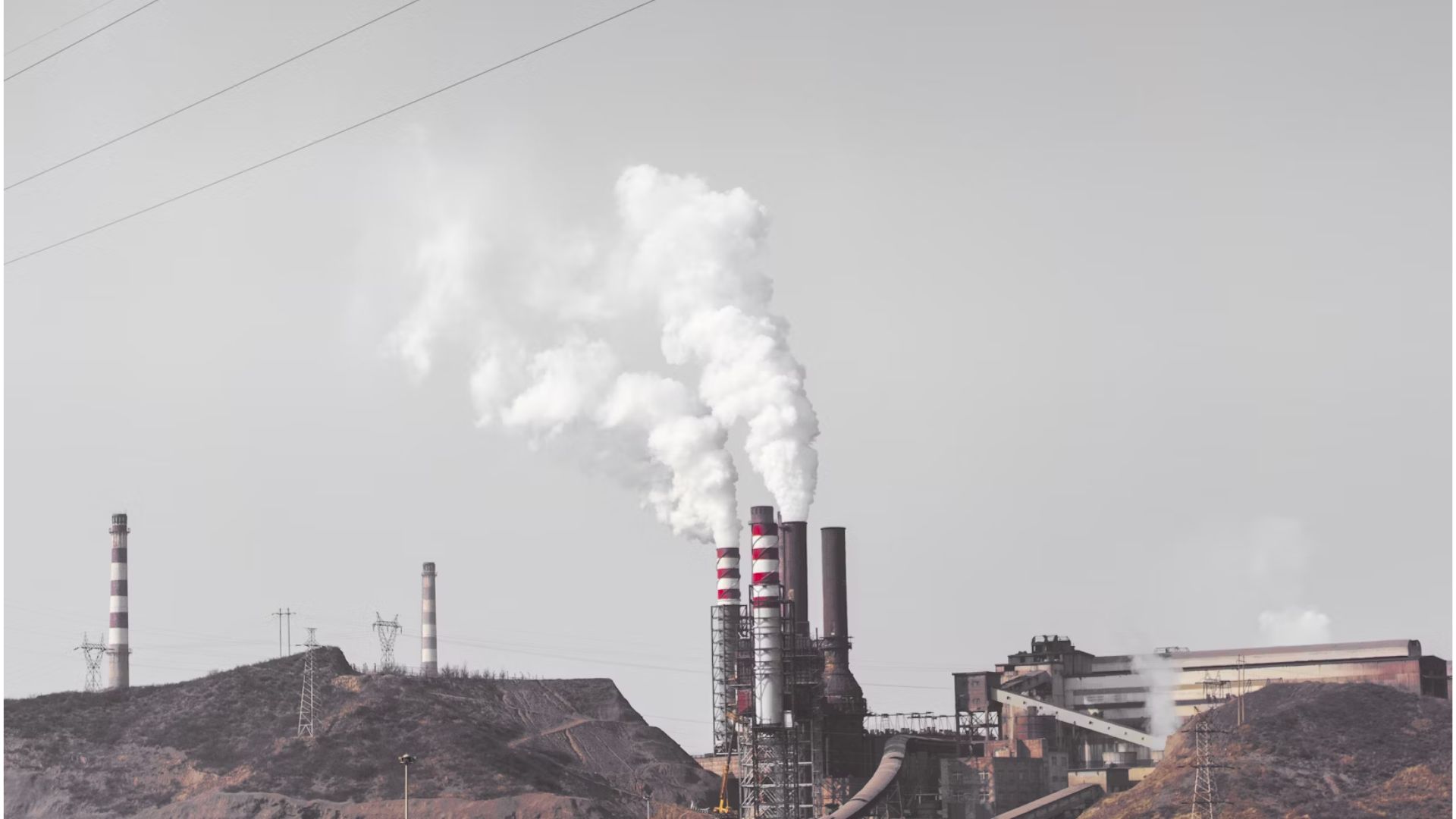
While Newsom’s new budget will cut funding to renewable energy and green infrastructure projects, he had approved a $54.3 billion spending package for the California Climate Commitment.
Now, legislators are pushing for bonds for programs to prepare coastlines for rising sea levels and making electric vehicles more affordable for Californians. “These are programs intended to reduce harmful pollution,” said Will Barrett, a senior director of the American Lung Association.
Regulators Are Making Progress Towards Air Quality Management

Southern California does not meet federal clean air standard and regulators recently changed the law to hold the biggest polluters in the state accountable.
The South Coast Air Quality Management District has rolled back a rule from 2011 where polluters did not have to pay pollutions as long as the air district dedicated a dollar-for-dollar match toward emission reduction initiatives. The air district has missed out on $200 million in pollution fees.
Progress Is Being Made To Tighten Nationwide Pollution Standards
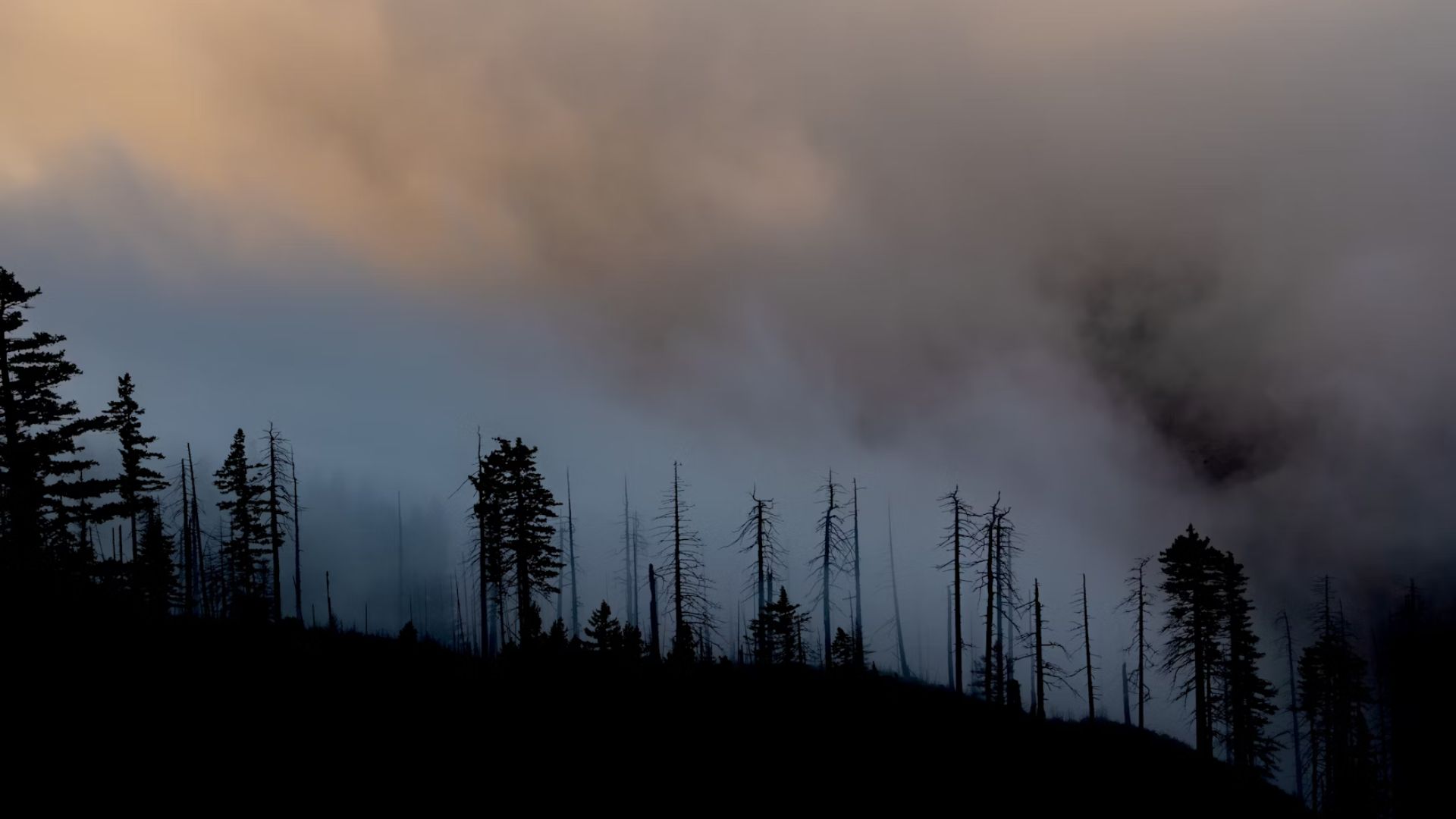
The EPA has tightened standards for fine particulate matter which is strongly linked to heart and lung diseases.
“Today’s action is a critical step forward that will better protect workers, families and communities from the dangerous and costly impacts of fine particle pollution,” said EPA Administrator Michael S. Regan. The new standard is expected to prevent up to 4,500 premature deaths annually and save $46 billion in health benefits by 2032.
Air Quality Could Disrupt Independence Day Celebrations

The NWS in Los Angeles had issued an extreme risk for high temperatures over the next week, affecting Sacramento Valley, Coachella Valley, and San Diego County Deserts.
The NWS has warned that Independence Day celebrations might not be as safe as usual due to the hot weather. “Be careful with any potential fire ignition sources, including 4th of July fireworks,” it warned.
